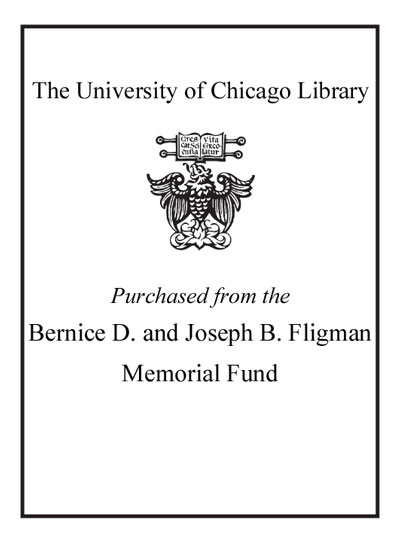Review by Booklist Review
Serious connoisseurs of woodcarving will recognize Grinling Gibbons as the name of one of the craft's preeminent masters of floral reproduction. Commissioned primarily by the British royalty between the late 1600s and early 1700s, Gibbons became famous for his astoundingly detailed and lifelike renderings of plant life in wood. When in 1986 a devastating fire at Hampton Court Palace destroyed a Gibbons masterpiece, the search went out for someone who could faithfully restore it. Enter master woodcarver and lifelong Gibbons devotee Esterly. Working from journals he kept during the yearlong project, Esterly engagingly describes the challenges he faced, both professionally and psychologically, in reproducing his idol's work, from political controversy the royals wanted a Brit, and Esterly is American to fears of failing his craft. Along the way, readers also get acquainted with Gibbons' own tribulations and learn how Esterly works. Although few photos of his carving projects are included here, Esterly's masterfully witty and nuanced prose makes it clear his writing prowess is at least on par with his woodworking skills.--Hays, Carl Copyright 2010 Booklist
From Booklist, Copyright (c) American Library Association. Used with permission.
Review by Publisher's Weekly Review
In 1986, a fire at Henry VIII's Hampton Court Palace damaged and destroyed countless woodcarvings by the 17th-century master Grinling Gibbons. The job of reconstructing the lost artwork fell to a small group of historians and artisans, including Esterly, one of the few woodcarvers in the world carving in the same fashion that Gibbons once did. Tracking the ups and downs of the project while contemplating the nature of art, rediscovering the intricacies of his chosen discipline, and exploring the process of creating, Esterly (Grinling Gibbons and the Art of Carving) has created a work that is part philosophic memoir and part treatise on true craftsmanship. A former poetry scholar, Esterly's prose is enlivened by quotations from Yeats and Shakespeare, and often his words take on the imagery and rhythm of verse ("Then I'll go back and open the drawer, put my hand in the stream, and lift out those days"). There are some interesting subplots as Esterly battles British bureaucracy that opposes his ideas for a Gibbons exhibition and tries to convince others that Gibbons's work should be shown in its natural, uncolored state, but it is Esterly's personal battle to live up to Gibbons's work and aura that is at the heart of this work. As intricate as his carvings, Esterly has shaped a story that captures the effort and uncertainty that lies behind the creation of art and beauty. (Dec.) (c) Copyright PWxyz, LLC. All rights reserved.
(c) Copyright PWxyz, LLC. All rights reserved
Review by Kirkus Book Review
Woodcarver Esterly (Grinling Gibbons and the Art of Carving, 1999) chronicles the year he spent at Hampton Court replacing a 17th-century masterpiece destroyed by fire. The fire was in 1986, and the author arrived three years later. From the detailed diary he kept at the time, he has crafted a gripping account of the political maneuverings involved in a major restoration project and an intimate meditation on the nature and meaning of carving. In 1974, when Esterly first saw a limewood carving by English master Grinling Gibbons, he was at loose ends and tired of a life oscillating between ultraintellectual pursuits and exhausting manual labor. Gazing on Gibbons' intricately wrought rendering of flowers and foliage, he writes, "somehow I was taking in the thing with mind and body at once." It was the promise of a unified existence that led him to take up chisels to emulate Gibbons' craft, and it was the expertise he'd acquired by 1989 that led to his commission to create a replacement for the Gibbons overdoor drop reduced to ashes, even though a faction within the Historic Royal Palaces agency argued that a British carver should be hired. Esterly would have more run-ins with turf-guarding bureaucrats who disdained his idea of a Gibbons exhibition (it took him eight years to get one at the Victoria and Albert Museum) and ignored his pleas to leave all the restored wood in the light, unvarnished state the artist had intended. These scuffles give the book its narrative drive. Its heart lies in Esterly's moving ruminations about the spiritual value inherent in fine craftsmanship and technique; trendy conceptual artist Jeff Koons gets some hard knocks for being blind to both. Photos of Gibbons' magnificent works enhance this romantic, lyrical prose portrait of "making and seeingentwined together."]] Copyright Kirkus Reviews, used with permission.
Copyright (c) Kirkus Reviews, used with permission.
Review by Booklist Review
Review by Publisher's Weekly Review
Review by Kirkus Book Review

